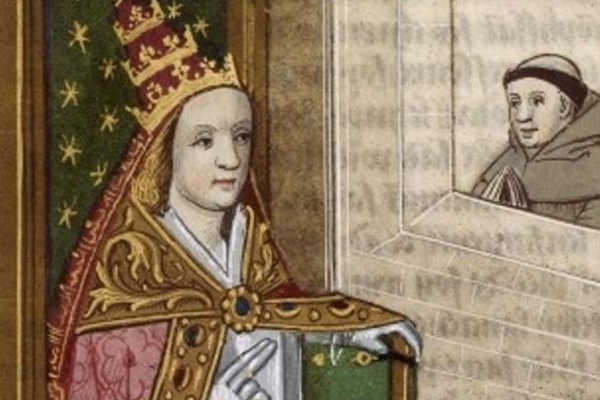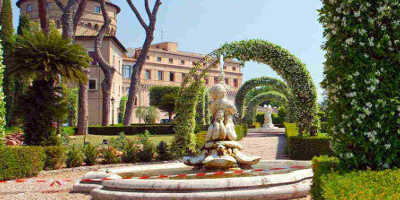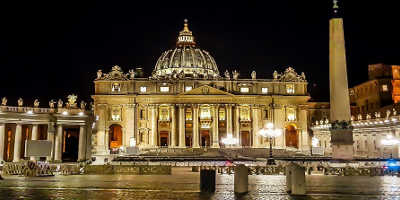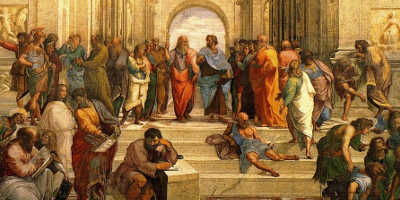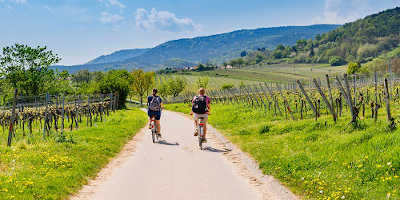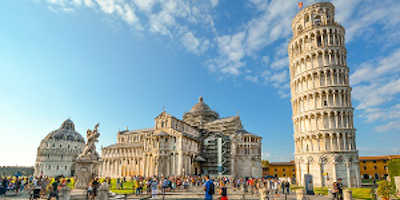The First and Only Female Pope
There are many famous urban legends around the world, and many people arguing both sides of them. Are they true, are they just stories, often they sit somewhere in between.
Now we’re not here to tell you what to believe, or if this story is true or false. We’re just going to tell you the story, it’s up to you if you believe.
There are generally two things people know about the pope without question. First, he is the head of the Catholic Church, and second, he is a man.
Presenting to you, Pope Joan. Yes, Joan, not John.
According to legend Pope Joan served as pope during the middle ages. She is said to have served for several years across approximately 855-857. Her story was first shared in the 13th century and quickly spread throughout Europe. At the time, most people believed the story and it was taken to be true for hundreds of years.
Generally, Joan’s story tells of an incredibly talented and learned woman, who had learned how to carefully disguise herself as a man. It’s thought that she had a lover who was instructing her to disguise herself, though we are unsure why.
Due to her smarts and talents, she quickly rose through the church hierarchy before being elected pope. She would have gotten away with it too, for not a single person had any doubts about her gender. However, one day during a procession, the pope gave birth, revealing herself to be a woman.
It wasn’t long after she gave birth that she died. Historians are still mostly unsure of how she died. It is not clear if her death was natural, relating to complications of childbirth, or if she was indeed murdered.
Following her death, all church processions would avoid moving through the spot where she gave birth. It’s speculated that this event caused the Vatican to remove any traced of her from its official records and crafted new ritual laws that prevented any woman from ever becoming pope again.
In 1600 protests erupted in response to the Siena Cathedral featuring a bust of Joan along with other previous pontiffs, and as such her image was removed entirely.
First mentions
The first mention of a female pope appears in Jean d Mailly’s chronicle, written in 1250. Though the pope in the chronicle is unnamed, it inspired several other stories and accounts in the coming years.
The most popular story to come from this is Chronicon Pontificum ed Imperatorum. Written by Martin of Opava, it was the first chronicle to provide a name for this pope. Martin introduced the world to the female popes birth name, John Anglicus of Mainz. Martin also wrote that she reigned in the 9th century and had first entered the church to follow her lover.
This recollection of Joan was considered to be true and accurate until approximately the 16th century.
Teaching Joan as truth
During the height of Joan belief, she was used as an exemplum, an example of morality that should be followed, by Dominican preachers.
Around the same time prefect of the Vatican Library, scholar Bartolomeo Platina, wrote that Pope John VIII was “said to have arrived at popedom by evil art.” He continued on to describe in great detail the way in which Joan made her way into the church. Platina depicts Joan as deceiving intellectuals across Europe into believing she was a man in order to be taught scripture. After this, references to Joan increased and she became quite a popular topic.
However, the references were not always consistent. For example. In 1404, Adam of Usk gives her the name Agnes and refers to a statue of her in Rome. This statue had never been mentioned before, and it is still unknown exactly what it refers to. The best guesses suggest that a statue of a female was presumed to be the Pope, however, was never specifically created in her name.
In the late 14th century a guidebook for pilgrims in Rome tells the reader that the female Pope’s remains are buried in St Peters. This was around the same time that the previously mentioned busts were commissioned.
Joan today
Today it is generally agreed that Joan did not exist. Modern scholars carefully traced all of the stories about Joan and the historical timeline, confirming that it would be impossible for her to have ruled. The Oxford Dictionary of Popes says there is no evidence of the female pope, however, it does acknowledge that for centuries Catholics believed in her existence.
Another key reason for the common belief Joan is a work of fiction is that none of the church’s enemies mention Joan. When they talk about the popes they are trying to conquer in their letters and books, they only mention Benedict and Leo, never John (or Joan).
Despite being the subject of a truly fascinating urban legend, Pope Joan doesn’t feature much in modern pop culture. Other urban legend stories, such as the story of Anastasia Romanov, have become part of social consciousness through films and shows, Pope Joan has not.
You can learn all about the real popes of the Catholic Church with a visit to the Vatican. The catholic church has a unique and complex leadership. Learn about how this system works and discover the intense history of one of the world’s biggest churches.
Related article: Where lives in the Vatican Palace?

